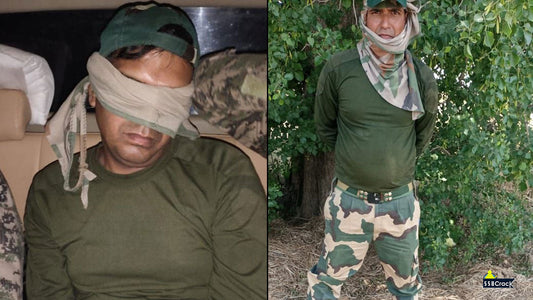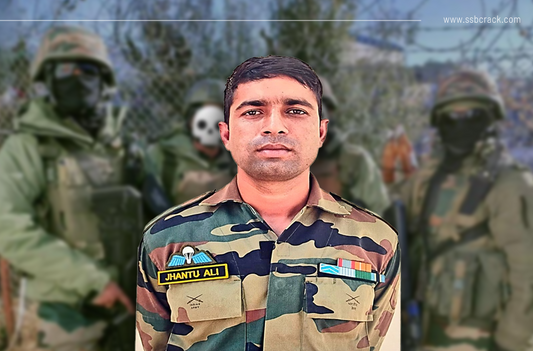Balidan Badge: History, Meaning, and Significance
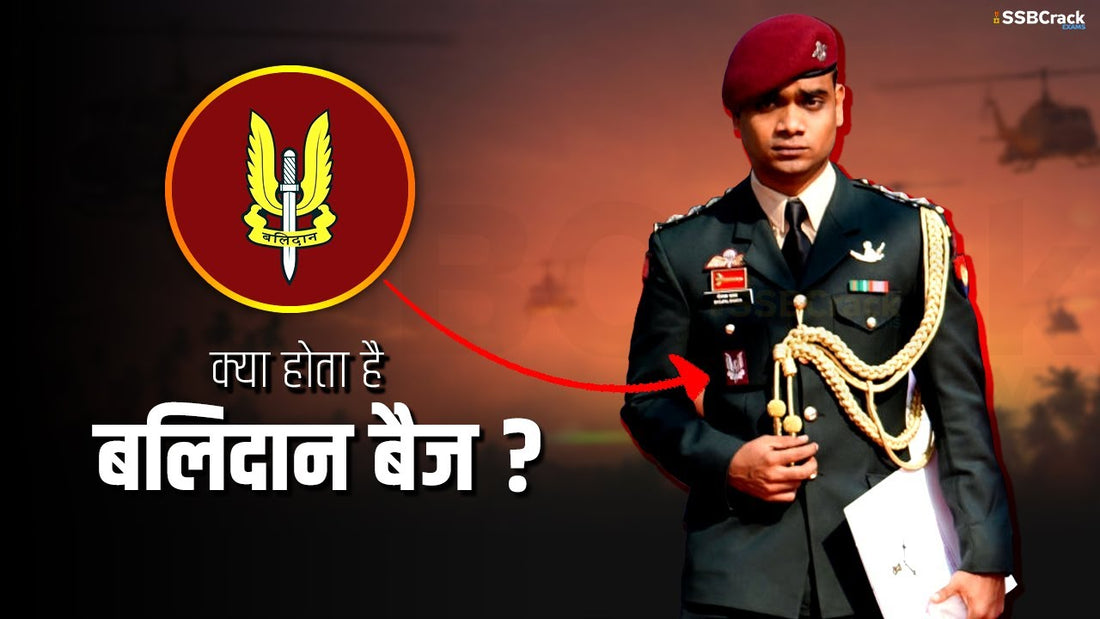
The Balidaan Badge is not merely an insignia; it is a profound symbol interwoven into the fabric of the Indian Army, particularly emblematic of the unparalleled courage exhibited by the special forces of the Parachute Regiment. To comprehend its significance, one must delve into its history, design, awarding criteria, emotional weight, and the relentless training those who wear it undergo.
The Balidaan Badge stands as a testament to sacrifice and valor, embodying the spirit of selfless service that defines the ethos of Indian military personnel.
Historical Background
The genesis of the Balidaan Badge can be traced back to the Parachute Regiment established in 1952, which emerged from the legendary 50th Indian Parachute Brigade formed during World War II. This brigade became known for its audacious operations and has set a formidable standard for what special forces warfare should entail. The Balidaan Badge was conceived as a means to honor and commemorate the indomitable spirit of these soldiers who have, throughout history, made the ultimate sacrifice in defense of the nation.
As wars evolved, so too did the nature of conflict. The Parachute Regiment adapted to modern warfare's dynamic challenges, leading to the establishment of specialized units that could conduct operations across various terrains and conditions. This evolution necessitated an insignia that would reflect both the courage and sacrifice of the soldiers involved. The Balidaan Badge uniquely filled this niche, striking a balance between erudition and heroism.
Meaning and Symbolism
Central to the Balidaan Badge's significance is its name derived from the ancient Sanskrit language. "Balidaan" translates to "sacrifice" (bali) and "offering" (daan), signifying a soldier's willingness to lay down their life for the greater good of the nation. Thus, the Balidaan Badge becomes much more than an object; it becomes a heartfelt symbol embodying bravery, duty, and the ultimate sacrifice.
This badge serves as a constant reminder of the solemn commitment of Indian soldiers to protect national sovereignty. It is a call to arms to inspire new generations of warriors, reminding them that valor is not just about performance in battle but also about the willingness to sacrifice everything for one's compatriots and country.

Design and Appearance
The visual representation of the Balidaan Badge plays a vital role in its symbolism. The badge consists of a commando dagger positioned downward, signifying readiness and the capacity to engage in combat at a moment's notice. This dagger is flanked by wings—an indication of the airborne nature of the Parachute Regiment—illustrating freedom, speed, and agility. At the center of the blade, a scroll with the word "Balidaan" in Devanagari script reinforces its significance.
This distinctive and powerful imagery encapsulates the essence of the special forces, reminding those who wear it of the dangers they face and the courage required to meet those challenges.


PARA SF Coffee Mug
Rs. 699.00
Sale price
Rs. 499.00


4 PARA SF Coffee Mug
Rs. 699.00
Sale price
Rs. 499.00


9 PARA SF Coffee Mug
Rs. 699.00
Sale price
Rs. 499.00
Para Special Forces Commando Coffee Mug
Rs. 699.00
Sale price
Rs. 499.00
Eligibility and Awarding
The journey to earn the Balidaan Badge is fraught with challenges and demands exceptional perseverance. This insignia is strictly reserved for the elite special forces battalions within the Parachute Regiment, making selection incredibly stringent. Here are critical components of earning the badge:
Selection Process
- Application: Candidates must volunteer for an exceptionally demanding selection process, which happens twice a year.
-
Challenges: The selection phase involves arduous physical conditioning, mental resilience training, and combat simulations that test personal limits. Criteria include:
- Advanced navigation and survival skills
- Intense physical obstacle courses
- Grueling endurance challenges involving sleep deprivation
- Psychological assessments designed to break down mental barriers.
- Attrition Rate: The selection process is notorious for its high attrition rate, typically with fewer than 10% of candidates successfully passing through to training. Only the most exceptional soldiers display the resilience required to proceed.
Training
Once selected, candidates undergo thorough and rigorous training. Key elements include:
- Paratrooper Qualification: Each candidate must first qualify as a Paratrooper, mastering parachute jumps and basic airborne maneuvers.
- Special Forces Training: Following this, they face further specialized instruction. This training includes skills required for unconventional warfare, hostage rescue, counter-terrorism operations, and reconnaissance.
- Balidan Padh: Even after proving their aptitude, candidates must complete the "balidan padh," which involves serving in active operations in hostile territory for a designated period, typically around one year.
Only after successfully navigating these extensive training hurdles are they considered to earn the Balidaan Badge, sealing their induction into the elite ranks of the Parachute Regiment Special Forces.

Recognition and Significance
Wearing the Badge
The Balidaan Badge is worn on the right breast pocket of the uniform, closer to the heart, underscoring the emotional connection that soldiers share with the insignia. This placement is significant as it represents the perpetual bond between these elite soldiers and their commitment to safeguarding the nation. It serves as a badge of honor but also a solemn reminder of the sacrifices made by comrades who have fallen in service.
Emotional Significance
For families of the Para SF commandos, the Balidaan Badge stands as a bittersweet emblem of pride and bittersweet remembrance. The ongoing war against forces intent on destabilizing India can lead to tremendous loss; the badge becomes a relic of their bravery, allowing these families to carry forth the legacy of their loved ones.
Training and Challenges
Rigorous Training
Training within the Indian Special Forces is recognized globally for its intensity. This regiment not only undergoes physical conditioning but also focuses on developing leadership qualities, psychological endurance, and advanced combat tactics.
-
Physical and Mental Training: Candidates endure intense conditioning exercises designed to simulate combat scenarios. These include:
- Weight training
- Obstacle navigation
- Urban warfare simulations
- Close combat training
High Attrition Rate
The dropout rate during Special Forces training remains grossly high, with barely about 5% of aspiring candidates completing the course successfully. Many discover that the challenges exceed their thresholds of endurance, leading to physical and mental exhaustion warranting withdrawal from the process.
9 Para SF Special Forces Wall Flag
Rs. 999.00
Sale price
Rs. 699.00
OTA Chennai Wall Flag
Rs. 999.00
Sale price
Rs. 699.00
National Security Guard NSG Wall Flag
Rs. 999.00
Sale price
Rs. 699.00
Indian Military Academy IMA Wall Flag
Rs. 999.00
Sale price
Rs. 699.00
Cultural and Operational Impact
Operational Roles
The Para SF, donning the Balidaan Badge, participate in multi-faceted and specialized operations. Their versatility allows them to engage in:
- Airborne operations, leveraging their training in parachute deployments
- Unconventional warfare tactics that challenge traditional combat norms
- Counter-terrorism missions that require swift action in high-stress scenarios
- Humanitarian missions where they provide aid in conflict zones and stabilize war-torn regions
Legacy and Inspiration
The Balidaan Badge has become an emblem of courage that evokes a sense of honor and duty within the Indian military. Through its symbolic meaning and rigorous earning process, it ensures that sacrifice remains salient and that valor is celebrated among prospective generations of soldiers.
Case Studies or Real-world Applications
One prominent example that represents the embodiment of the Balidaan Badge was during the 2016 Uri attack and the subsequent surgical strikes by the Indian Army. The soldiers displayed the courage and willingness to protect the nation, showcasing the values encapsulated within the Balidaan Badge. Their actions serve to inspire new recruits and the populace at large, reminding them of the sacrifices made by their fellow citizens in uniform.
Statistical Data and Research Insights
Research on attrition rates in military training correlates with broader trends in global military forces. According to studies, the impressive intensity of training regimes is often mirrored in elite forces worldwide, with many struggling with similar dropout rates. The challenge of attrition is not exclusive to the Indian context, emphasizing a universal theme in military elite training, where the quest for excellence is met with significant barriers.
SSB Interview Books Power Pack: 4 Must Read Books for Defence Aspirants
Rs. 1,760.00
Sale price
Rs. 1,399.00
Let's Crack SSB Interview Book [Paperback]
Rs. 390.00
Sale price
Rs. 360.00
Breaking The Code of SSB Psychological Tests [Paperback]
Rs. 390.00
Sale price
Rs. 360.00
OIR Test & PPDT - SSB Interview Screening Test - Stage 1 Testing [Paperback]
Rs. 490.00
Sale price
Rs. 375.00
Comparative Analysis
The concept of badges symbolizing sacrifice and valor exists in many military organizations across the globe. However, the Balidaan Badge stands out due to its intricate design and historical roots tied to a specific cultural and national narrative. For instance, distinctions like the United States' Special Forces tab symbolize achievement and qualification but offer a different aesthetic and cultural meaning. Whereas the United Kingdom’s SAS includes both a dagger and a wing motif akin to the Balidaan, it carries a different connotation rooted in British military history.
Conclusion
The Balidaan Badge is an unparalleled emblem, deeply rooted in the history and ethos of the Indian Army’s Parachute Regiment. As a symbol of sacrifice, valor, and unyielding dedication, it resonates not only within military ranks but also within the heart of every citizen. This insignia encourages us to remember and commemorate the sacrifices made by those who protect our freedom.
By upholding the principles that the Balidaan Badge signifies, society can inspire future generations to serve their country with zeal, bravery, and honor. Through education and remembrance, the profound stories behind each insignia can keep the spirit of sacrifice alive for years to come.





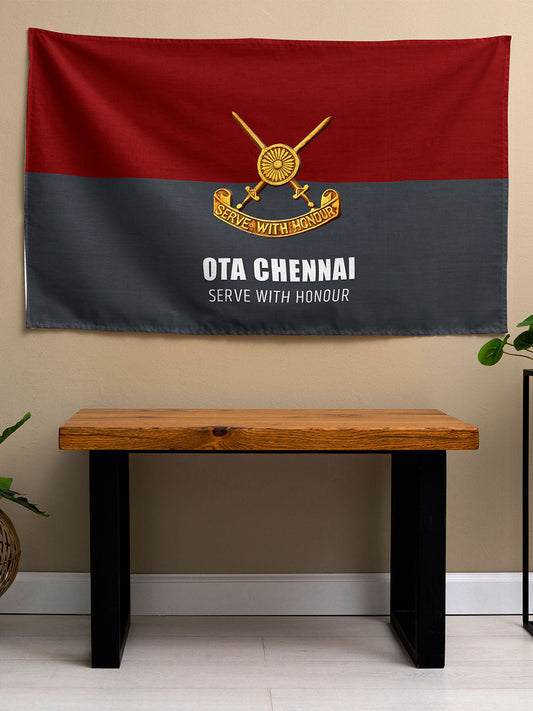

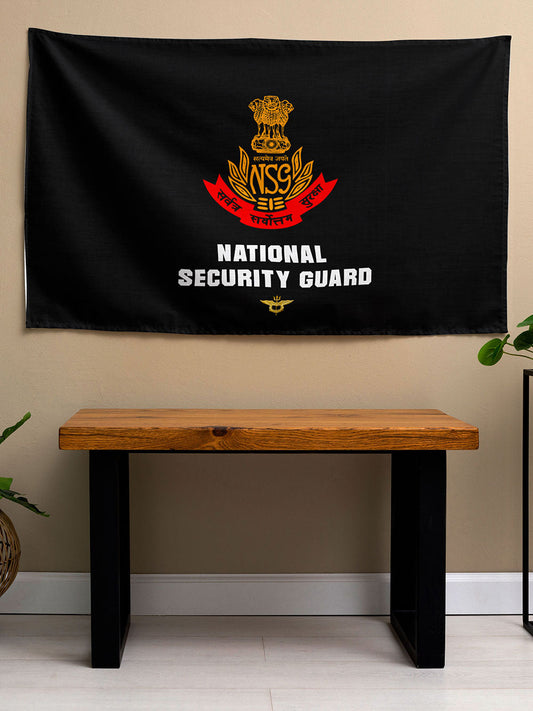




![Let's Crack SSB Interview Book [Paperback]](http://shop.ssbcrack.com/cdn/shop/files/ssb-books.webp?v=1736351621&width=533)





